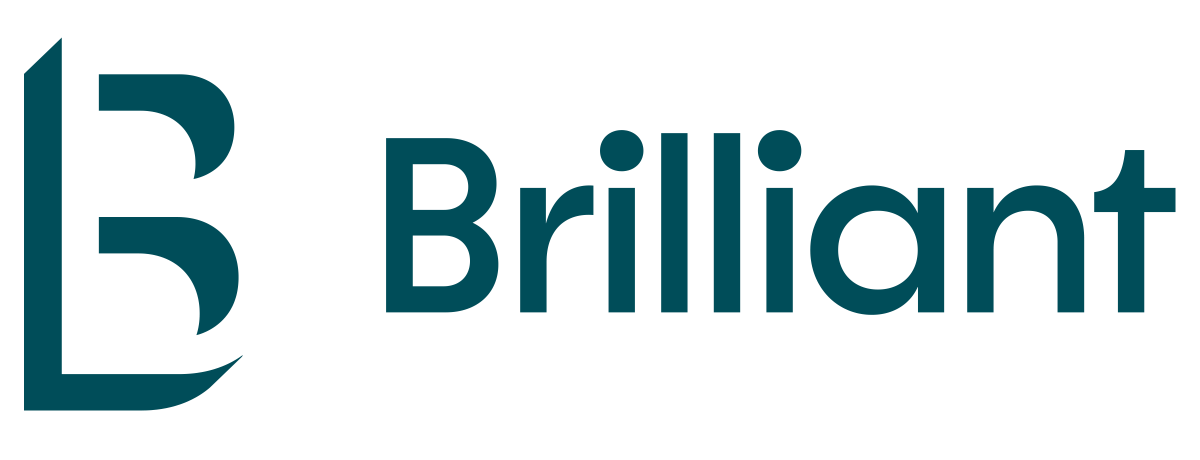For anyone working in social, it feels like it’s been a lifetime since Facebook bought Instagram. We’ve been teased with changing algorithms, new capabilities and paid advertising, but never given full reign to use them to their full potential. Until now that is. Facebook has now fully integrated Instagram advertising into Ads Manager. Where previously you could only run dark posts on Instagram through Ads Manager, you can now boost content that sits on your feed, meaning all those likes you built up on your Instagram ads will no longer disappear when your campaign ends.
Of course, we have been able to boost feed posts directly in platform on Instagram for a while now. So what’s the difference? Well, in-platform boosts on Instagram are run with the aim of driving clicks, not post engagement. Clicks are seen as a higher value item, and so tend to cost considerably more than other types of engagement, like a like or a comment. But for any brand, the aim isn’t always clicks, especially when we see so much success in chasing engagement on Facebook. Because engagement tells Facebook their users are responding positively to content, Facebook is more inclined to show the content to more people, for a lower price. If your call to action is clear enough, those people will not only engage but also click through, essentially giving you two actions for the price of one much cheaper action. With an average CPC of £1.07* for Instagram ads, it can out-price smaller businesses from using paid advertising, and turn off bigger businesses with the poor ROI.
 Boosting content directly through Instagram has many of the same limitations as boosting straight through a page in Facebook; you can only target one audience, the timings and budgets are restricted and the results are shown individually, making it harder to analyse the results in the context of other ads.
Boosting content directly through Instagram has many of the same limitations as boosting straight through a page in Facebook; you can only target one audience, the timings and budgets are restricted and the results are shown individually, making it harder to analyse the results in the context of other ads.
What’s changed?
Running your Instagram advertising through ads manager means you don’t have to put all your eggs (or budget) in one basket. You can achieve genuine A/B testing, by running identical ads to multiple different audience groups, with the same budget, the same time range and the same creative. Once you’ve got these up and running, you’ll quickly start to see trends from the top performing audiences, so you can move budget around to spend more on the most successful ads and audiences, resulting in a better ROI. This can also help inform how your audiences are reacting to your content or product, which may effect who you decide to talk to or create for in the future. It’s also using Facebook’s targeting options, which are far more in-depth than what Instagram offers, so you can create more defined audience groups.
There isn’t much data available yet in terms of industry average costs, but as an agency, we’ve seen Instagram average CPEs as low as £0.02! Charging per engagement rather than per click means smaller accounts who were previously seeing 100-200 likes are now seeing more than two to three times the engagement, for the same cost.
The long of the short…
So what does all this jargon mean? Put simply, you can target different audiences with the same post, you’ll likely see more people engaging with your content AND it’ll cost you less for the pleasure. Winner winner!
Want to know how you can get the most out of your brand’s Instagram channel? Ask us how!
*AdStage PPC Benchmark Report – Q1 2018
https://blog.adstage.io/instagram-ads-cpm-cpc-ctr-benchmarks


